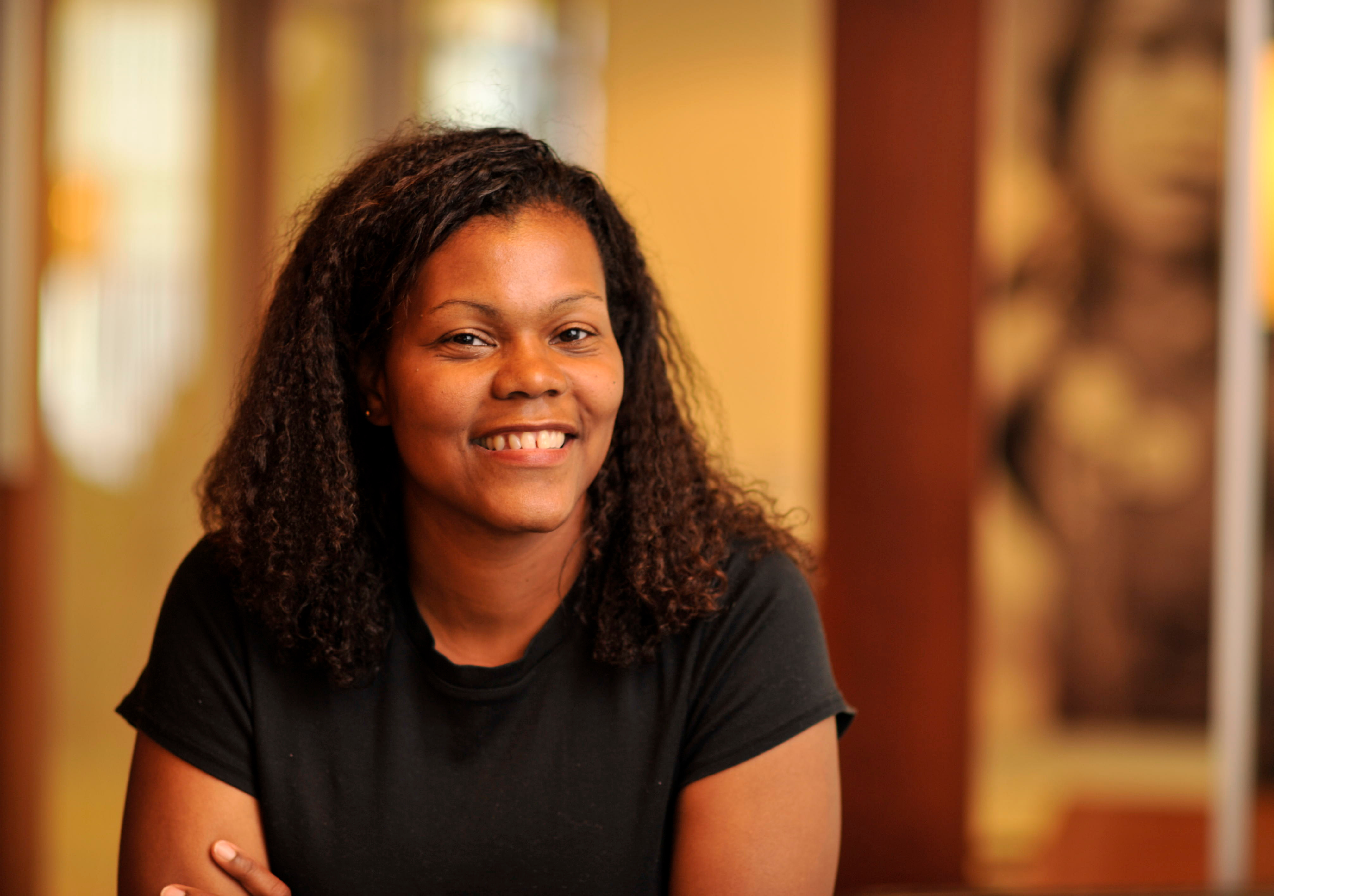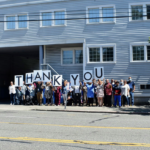
Kimá Joy Taylor, MD, MPH, is the founder and managing principal of Anka Consulting, a health care consulting firm, and a non-resident fellow at the Urban Institute. Eliminating health disparities and inequities has been a theme throughout her life’s work. This is why we are excited to have her as the keynote speaker at our Fifth Annual Event: Roots of Recovery. Recently, we spoke with Dr. Taylor to learn more about her work on health disparities, her take on harm reduction, and why she’s excited to speak to our community on September 29th.
This interview has been edited for length and clarity
Could you tell us a bit about yourself and your current work with your healthcare consulting firm, Anka Consulting, and as a fellow with the Urban Institute?
I’m a pediatrician by training and everything in my life has revolved around health disparities, multiculturalism, and equity. Substance use services for youth, adolescents, particularly pregnant parents, and women—that’s where my passion lies.
As a non-resident fellow at Urban Institute, I do research. I’m not a researcher by training, but I am an advocate by birth. Often when we’re trying to change the way we treat people who use drugs and the systems in place, we don’t have the research needed to back up the changes. Because our country is so steeped in the racist history of drug policy, much of the past research focused on questions like: “Is treatment better than jail?” as if those are the only two options for people who use. This was frustrating because I wanted to inform change, but I lacked research tools. So, my work as a non-resident fellow started in research around pregnant parents, people using drugs, and what hospitals were doing—or not doing—to support them.
At Anka Consulting, I’m looking at how communities, particularly communities that have been structurally excluded, have kept one another alive and why their processes are not part of the mainstream response to substance use. I work to help people integrate substance use into primary care.
You also worked as the director of the National Drug Addiction Treatment and Harm Reduction Program at the Open Society Foundations. What does harm reduction mean to you and how has it informed the work you do?
I’ll break down what it means to me into two parts. One, it frustrates me that we do harm reduction in every aspect of healthcare except when it involves people using drugs. For example, if someone with diabetes eats a piece of cake, we don’t blame them and leave them to die. We increase their dose of insulin and work to make people as safe as possible. When someone uses drugs, health care professionals don’t think about their safety or long-term wellness. I want harm reduction to be integrated into all aspects of healthcare system. To do this, we have to understand that the healthcare system has failed so many people, not just people who use drugs. The system is racist and inequitable. Harm reduction does not fix this, but it will improve outcomes for more people.
Two, harm reduction has less of a voice in the medical establishment. Pushing for harm reduction has such clear positive outcomes and it deserves champions. Harm reduction provides a path for patient-centered care. Providers need to ask themselves how they can provide services, in partnership with patients, so they can be as well as they can be. That type of care builds trust. Doctors might worry if we use a patient-centered, harm reduction approach, then people may not take their insulin, for example, as directed. But, if providers take a harm reduction approach, patients will better trust their provider, call for support, and not wind up in the ER.
Absolutely, in fact, one of Evergreen Treatment Service’s principles is relationship-based services. It’s not just about the end goal, it’s also about the process and building trust. Speaking of ETS, why did you agree to participate in the Roots of Recovery event? Why are you excited about speaking to ETS’ community at this event?
I got to know Evergreen Treatment Services when Open Society Foundations funded the LEAD program. At the time, the program got backlash because it was a law enforcement response to substance use—even if it was more innovative than just putting people in jail. I critiqued the LEAD program, because I was worried they didn’t have a robust community-based, culturally and linguistically effective set of services in the health care system in Seattle. When you divert people to services that do not actually serve people, you’re going to get backlash. But the LEAD program really embraced harm reduction, something that wasn’t present in other programs. That early work with the LEAD program made me want to work with ETS again.
Then we met again to discuss the work being done around overdose and overdose prevention. I truly appreciated ETS’ willingness to talk about what they were doing, specifically what was effective and ineffective. They always spoke from the frame of wellness. Community wellness and patient-centered wellness. Working in substance use treatment, we often get so focused on the widgets—like how many people get access to buprenorphine, for example—that we forget the wellness. How is that person who received buprenorphine doing? Are they restoring connections in their community, do they feel well and whole? Wellness is about that whole person. Sometimes, it is just helping someone survive the day. Other days, it’s helping them past survival, building them up and helping them thrive and kick ass. With ETS, I found like-minded people that care about wellness.
The event you’ll be speaking at is named Roots of Recovery and the theme this year is meeting people where they are. What does the event name or theme bring up for you?
“Meeting people where they are” is so integral to the harm reduction movement. But when it comes to policy, a lot of people took it to mean “meet politicians where they are” which means move slowly. Meeting people where they are needs to be reclaimed and refocused on the people who are involved in these systems, not the politicians who created these less-than-ideal systems. Make it practical—meet people where they are and provide a holistic response and holistic set of services.
I like Roots of Recovery because so much of past work in the field of substance use has focused on an end goal of recovery. If you’re abstinent and never use again, then you’re golden. If not, you shouldn’t be celebrated. Roots of Recovery emphasizes that everyone’s on the road to recovery, at different stages. Wherever you are, if you need support once, or again and again, then we’re there. We’re going to work together and help you get to your definition of recovery, however you choose to get there.
When thinking about substance use treatment and recovery, what do you wish to healthcare professionals understood about serving Black, Indigenous, and People of Color?
We’re not a monolith. We cannot address racial and ethnic disparities without also considering ability, sexual orientation, gender identity, and so on. These identities are not separate experiences. Black lesbians and Indigenous people in wheelchairs, for example, require effective treatment that sees and addresses these intersections. We need culturally effective care. That means listening to the patient, responding to their needs, learning their culture, understanding their intersectional identities, and building trust. If you can’t do that, don’t cause more harm by offering solutions that won’t work. Direct them to someone who will provide effective care.




